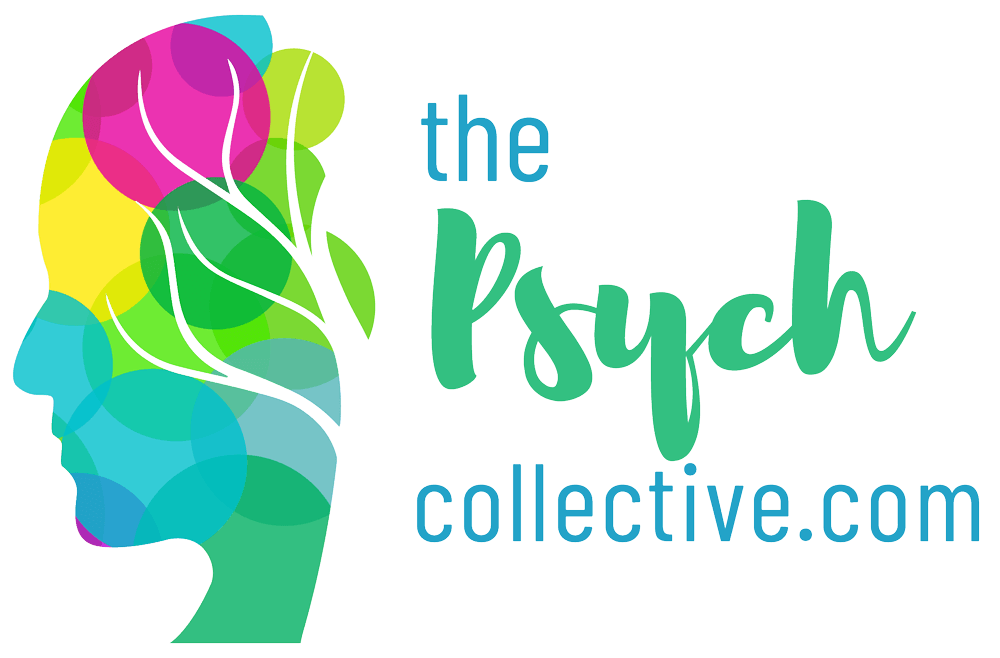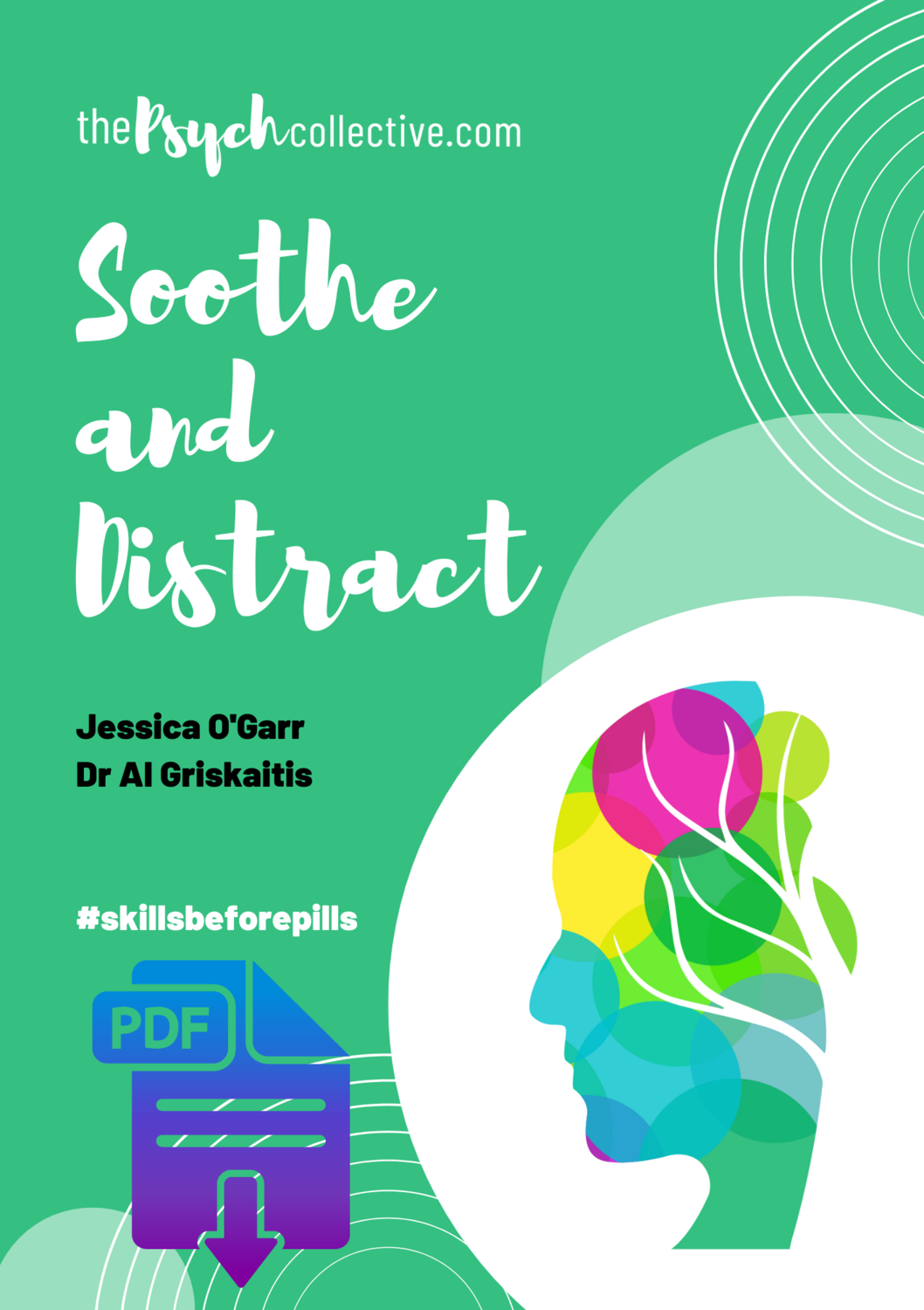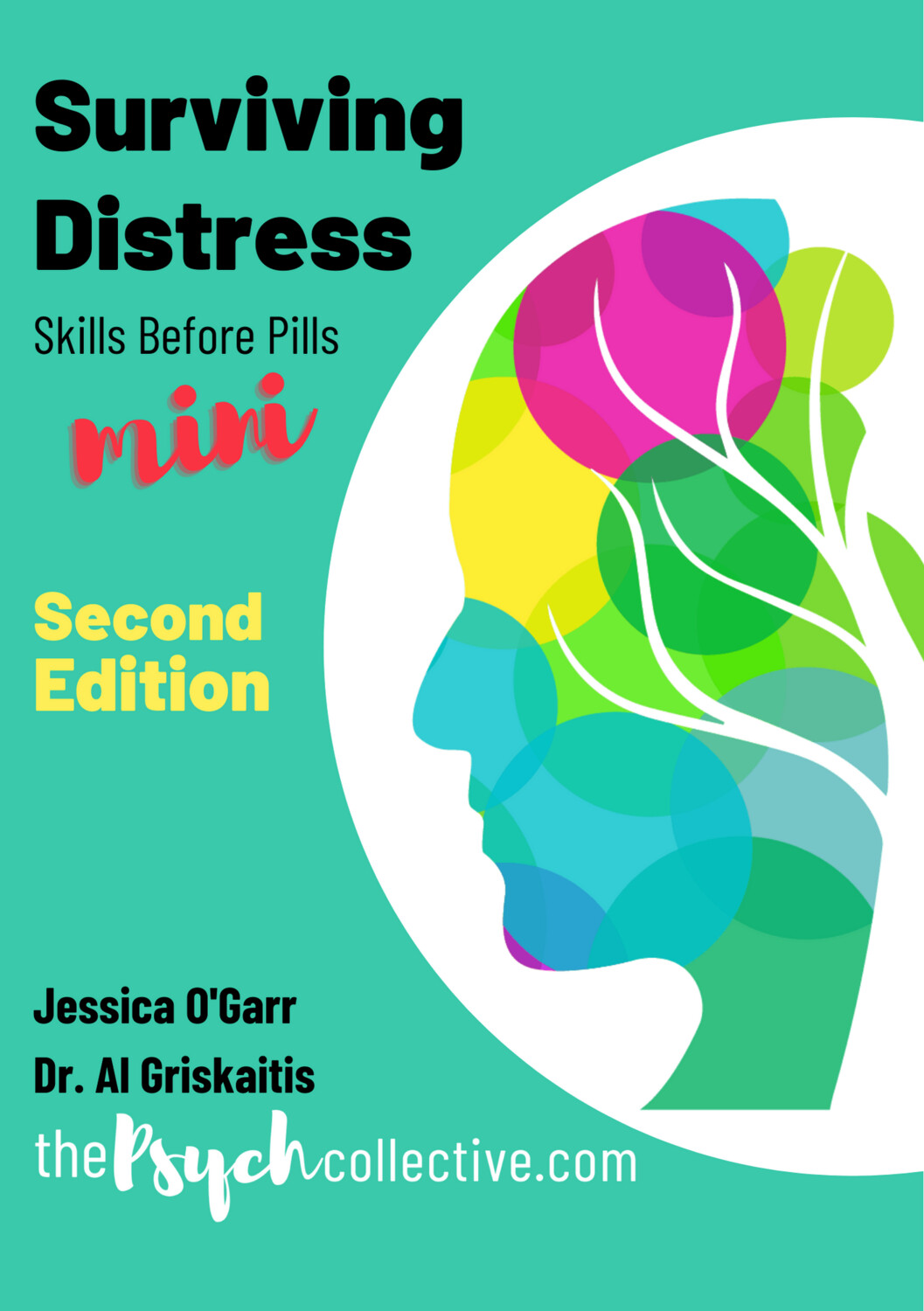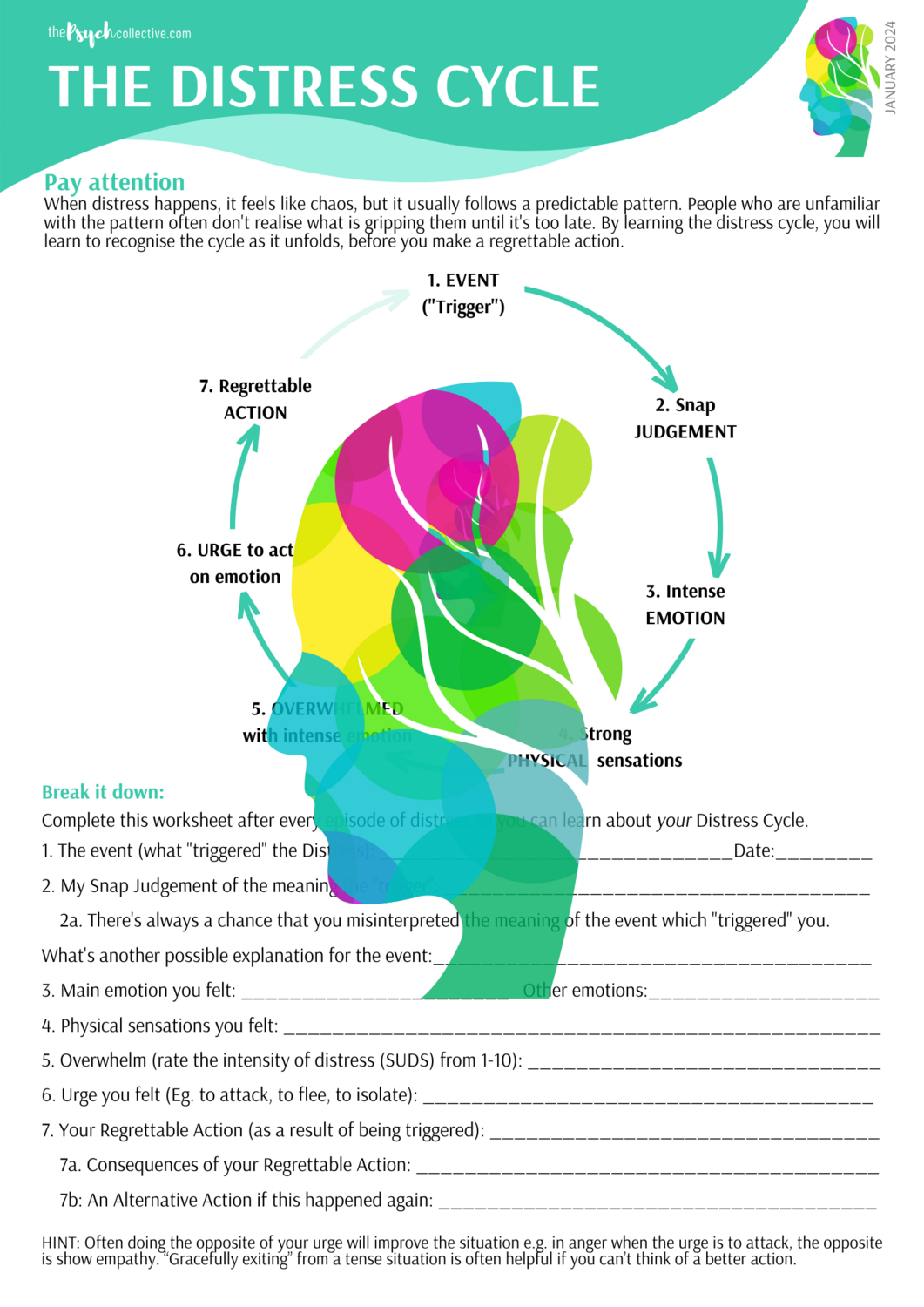How to Improve Sensitivity and Resilience for Those with PTSD and BPD
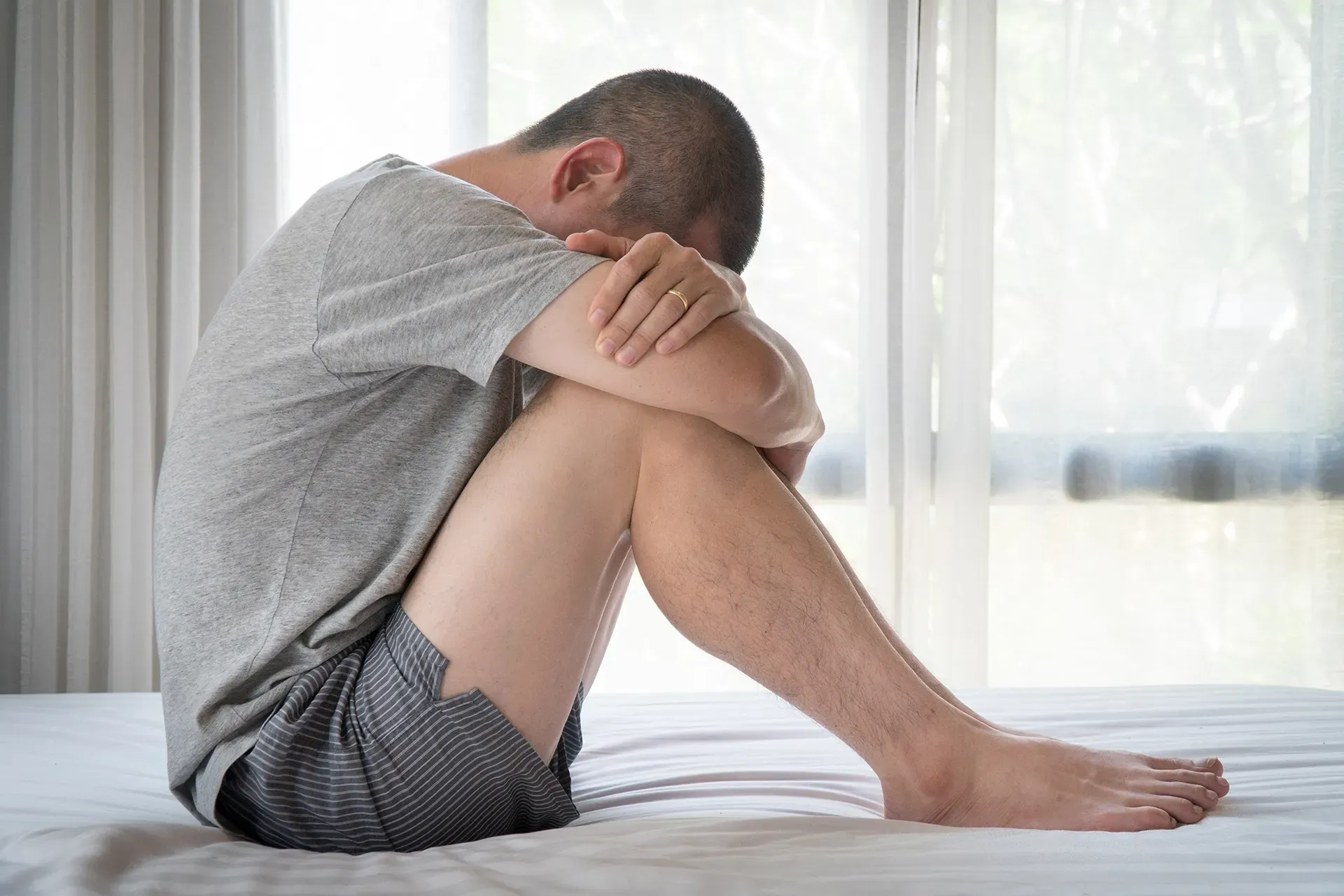
Living with Post-Traumatic Stress Disorder (PTSD) and Borderline Personality Disorder (BPD) can be like trying to balance on a tightrope. Emotions are intense, things can easily set us off, and every day brings its own set of difficulties. But within these conditions, there's a unique way we experience and interact with the world.
In this guide, we'll learn some practical strategies and offer tools to manage overwhelming emotions and cope with triggering situations. By understanding ourselves better, we can improve how we handle challenges, giving ourselves the strength to thrive, even in difficult times.
Understanding One’s Temperament
Our temperament, which is like the blueprint for our personality, starts shaping up early in life and affects how we interact with the world around us. Just as orchids and daisies have distinct characteristics, individuals with PTSD and BPD also exhibit unique traits. While orchids tend to experience emotions intensely and may require more time to calm down, daisies generally remain more composed, with their emotional peaks not reaching the same heights.
Just like these flowers, people with PTSD and BPD have different reactions to things around them. While some individuals feel emotions very strongly and might need more time to calm down, others stay relatively calm even when things get intense, and their emotions don't escalate as much.
How We Respond to Situations
Our responses to life's challenges are deeply intertwined with our temperament. Those with a lower threshold may find themselves easily overwhelmed by stressors, such as unresolved trauma, lack of sleep, or feeling unwell.
'Bad' Day
For those with PTSD and BPD, a bad day can feel overwhelming due to heightened emotional sensitivity and past traumas resurfacing. This leads them to experience increased distress and difficulty in managing everyday challenges.
Feelings of Meaninglessness
People with PTSD and BPD may experience a sense of meaninglessness, often due to the emotional turmoil and trauma they endure. As a result, this makes it difficult for them to find purpose or value in their lives.
Non-Acceptance/Willfulness
Individuals with PTSD and BPD may reject accepting their life circumstances, often due to the overwhelming distress and trauma associated with their conditions, which then leads them to avoid or deny reality.
Detesting Discomfort
Individuals with PTSD and BPD may strongly dislike discomfort, often preferring to remain within their comfort zones as a means of managing their symptoms and
avoiding triggers associated with their conditions.
Strategies for Building Resilience
Individuals with PTSD and BPD can greatly improve their ability to cope with and overcome challenges by following these strategies.
Working Through Things
The best way to solve problems is by addressing them directly. Talk with someone you trust, write in a journal to express yourself, or use problem-solving techniques to understand and deal with your emotions and experiences.
Moderate Exercise
Make sure to include regular physical activity in your daily schedule. It not only lifts your mood but also lowers stress levels, helping you feel better overall.
Sleep Hygiene
When you address the underlying issues in your life, you can be able to establish a calming bedtime routine and prioritise the quality of your sleep.
Practise distress skills, self-soothing skills and have confidence that when a situation arises, you know you’ve got a solution.
Medication
Consult with a healthcare professional about medication options, such as SSRIs, to support mood stability and manage symptoms.
Willingness to Tolerate Discomfort
Embrace discomfort as a natural part of growth and healing. Cultivate a mindset of acceptance and openness to new experiences.
Takeaway
Improving sensitivity and resilience for individuals with PTSD and BPD is a journey of self-discovery and self-compassion. By understanding our temperament and how it influences our responses to the world, we can adopt strategies to navigate challenges with greater ease.
Through perseverance, support, and a willingness to embrace discomfort, individuals with PTSD and BPD can cultivate resilience and thrive in the face of adversity. Remember, you are not alone on this journey, and each step forward is a testament to your strength and resilience.
To download these handouts, go to our Resources page. It's free!
Share
Categories
About Our Resources
We offer actionable resources and teach real skills to help people make meaningful change in managing mental health issues through different modes depending on people's learning preferences including infographics, text, worksheets, handouts and video.
